Preserving old albums means figuring out what to do with everything inside. What if items are dirty or mildewed? How can you safely store related memorabilia? The Archive Lady Melissa Barker tackles these common and important questions.
Recently Donna wrote in to tell us about a fantastic trove of family heirlooms she’s recently acquired—and to ask us how to take care of them. Here’s what she wants to know: “I’ve recently been given a huge amount of letters (WWII), photos, medals, etc. from my grandparent’s estate. I have two question/subjects that I’m asking about:
I’ve read a lot of things concerning preservation and have started doing that. But, I’ve never read what to do with items…specifically pictures in old fold out ‘albums’ where the album itself appears to have possible mold mildew or dirt. Do I slide out the pictures and while scanning them, [then] take some kind of bleach or other solution to the things on it? Do I just take pictures of the original and toss it? (I’d hate to do that.) I don’t want to compromise the collection because of one bad item, but I also want to preserve these things for the next generations.
Also, when putting things (letters, for example) into buffered folders and then placing them in archival boxes, can you put other media into the same archival box? For example: pictures, letters, and the dreaded newspaper clipping—all in their own folder, but in the same archival box? Or should each “type” of item have a dedicated box? Since V-Mail letters, airmail, and regular letters might be typed, written in ink or pencil, and/or images (v-mail) printed out, can they go into separate folders but in the same archival box?”
Donna concludes, “I’m trying hard to find these answers. I am assuming that since things are divided out, they will be okay in the same box. I am treating my grandfather’s ribbons and some coins this way…putting them in divided/sectioned clamshell boxes where each divided area has a different medium or item. Basically, I guess I’m worried about whether items physically separated but in the same container will still affect each other.”
7 Steps for Preserving Old Photo Albums and Scrapbooks
Donna asks some great questions about records preservation. It sounds like she has some true treasures in her collection and it is understandable that she would want to use the proper methods to keep them protected for generations to come.
Here are 7 steps you can take to preserve your old, deteriorating photo albums and scrapbooks:
1. The molding photograph that Donna has in the fold out album is something that should be dealt with immediately. Remove the photograph from the album if possible.
2. Take the album and place it in outside in direct sunlight for about 30 minutes, which should kill the mold.
3. Then using a damp cloth, clean the album and let it dry. This should have removed any mold that was on the album. Never use any chemicals, like bleach, on any items you are trying to preserve.
4. Digitize the photograph and then place it back in the original album. It is important to keep the photo and the fold out album together for provenance.
5. Place the album with the photograph into an archival sleeve and then into an archival file folder.
6. The folder can then be placed into an archival box.
7. It is important to store all photographs in a cool, dark and dry place. Humidity and moisture will cause more mold and damage. The temperature should also be a consistent temperature. Fluctuating temperatures can damage photographs.
Donna asks about putting several different items into the same archival box. It is perfectly acceptable to put different items in the same archival box. Photographs, old letters, and newspaper clippings can be stored in the same box as long as they are not touching each other and are in their own file folder. It is also acceptable to place small artifacts in the same box as long as it does not fold or lay on the file folders where the other documents are located. Be sure to not overcrowd the box which could cause damage to what is stored inside the box.
Taking the steps needed to preserve our precious family papers and heirlooms is what we should all be doing. The next generation will be glad that we did!
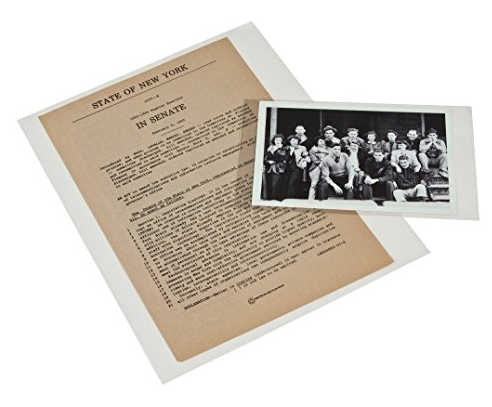
Images are courtesy of Melissa Barker and the Houston County, TN Archives.
Keep reading: How to archive family history documents
Keep up the good work preserving your own old albums and other family documents. If you found this helpful, I also recommend you read my article “How to archive family history documents,” in which I answer another Genealogy Gems fan’s question about safely preserving precious original family paperwork.
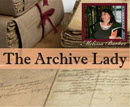
About the Author: Melissa Barker is a Certified Archives Records Manager, the Houston County, Tennessee Archivist and author of the popular blog A Genealogist in the Archives and an advice columnist. She has been researching her own family history for the past 27 years.

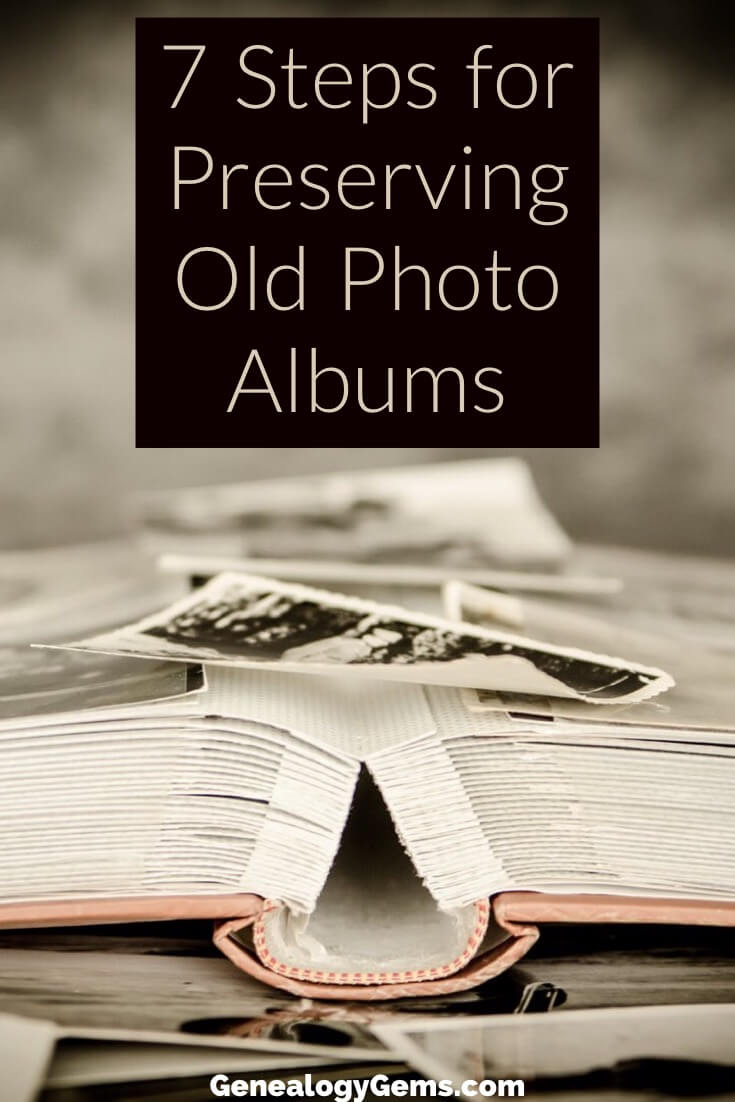
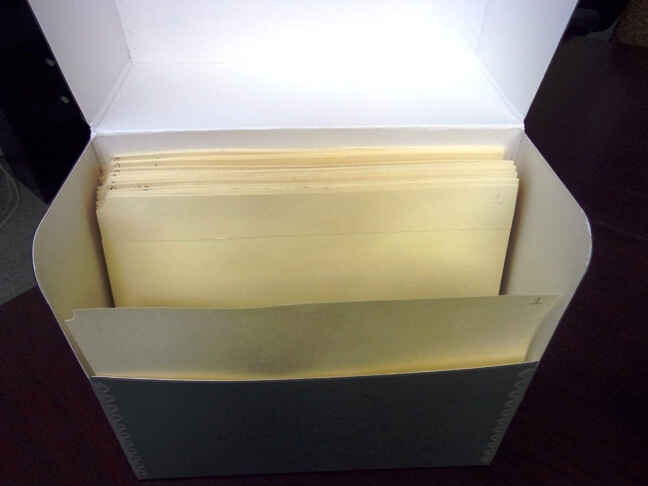
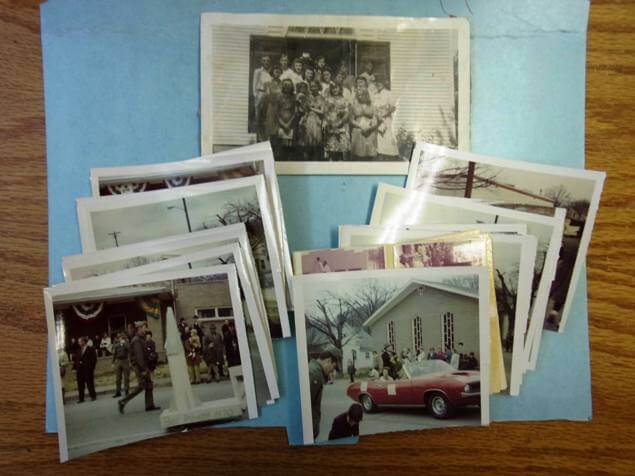




Is there an economical source, or sources, for purchasing archival material that you can point us to? I am fortunate to have a large amount of materials but I am sensitive to the cost of storing it all. Thank you for your guidance.
Where do you get archival boxes? I went to Staples and they told me they had acid-free paper, moveable glue, and sleeves. I bought it all. The paper was Cover Stock . When I went in to buy more another time, they didn’t seem to know what I was talking about.
Frustrating. I live in a rural location so probably need to look online.
Customer service is a lost art now. The internet was made for you. I would go online, find what your looking for and either order on line or take a copy of the item/items with you. It is sad to have to do because a clerk is too uninterested in learning their job.
Phyllis, unfortunately archival materials can get quite costly. Seems that any material that has the name “archival” in the title is double and sometimes triple the price of the same thing that is not archival. When someone can not afford to purchase the archival materials or at least not purchase all of them at one time. I suggest that you use non-archival materials just to get the documents and photographs protected. Then as you can afford it, purchase archival materials. The main thing about records preservation is where your store your records. Please store them in a cool, dark and dry place. Use what you need to in order to get your records protected and then when you can, get the proper archival materials. Hope this helps.
For archival boxes, check The Container Store.